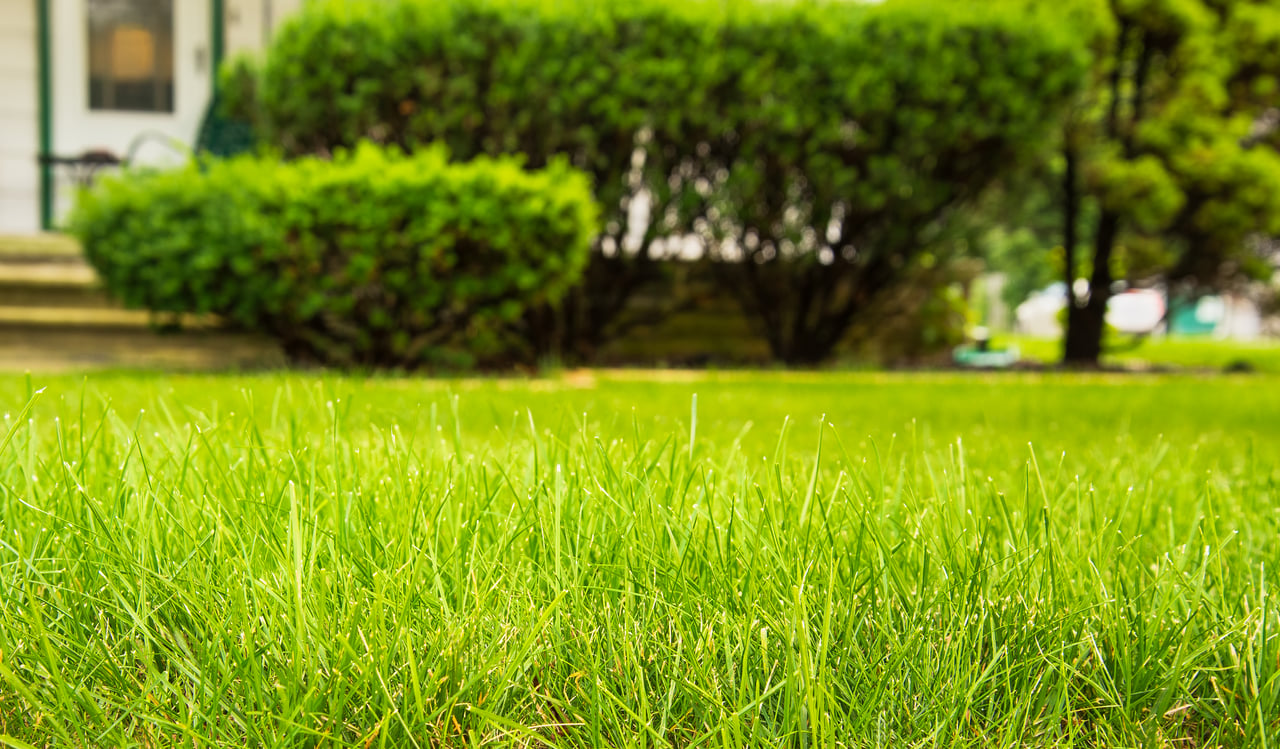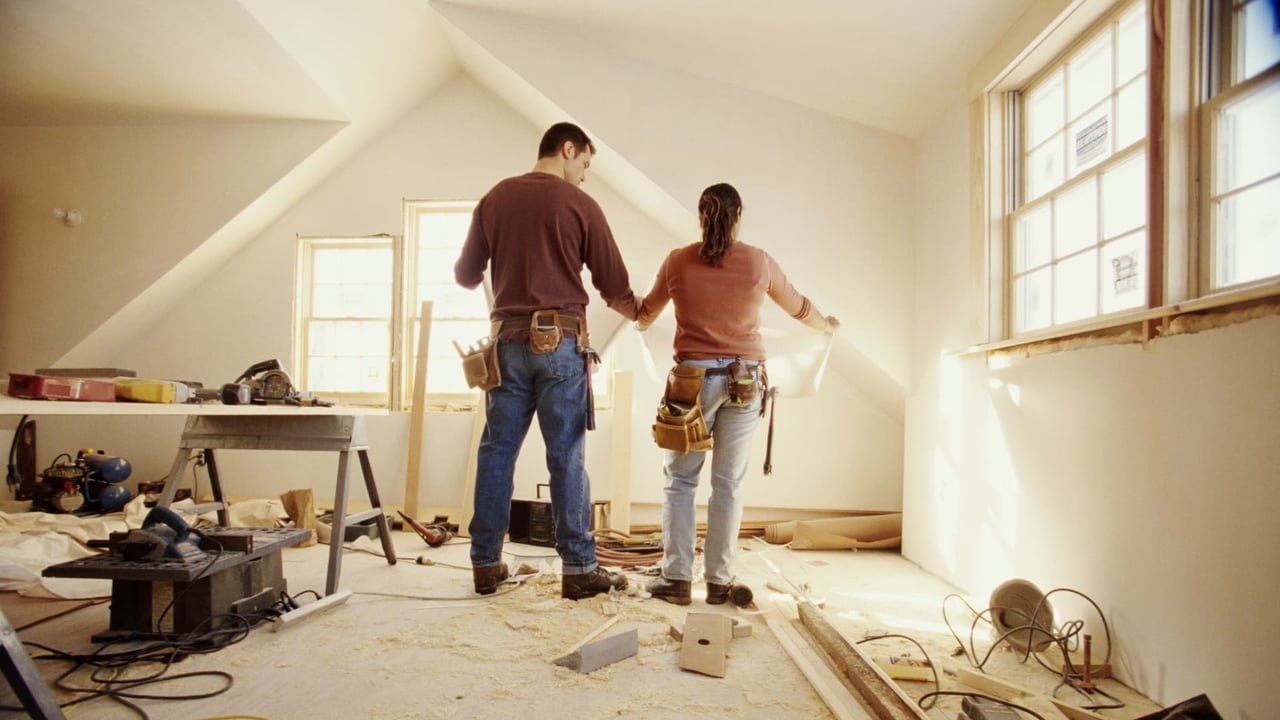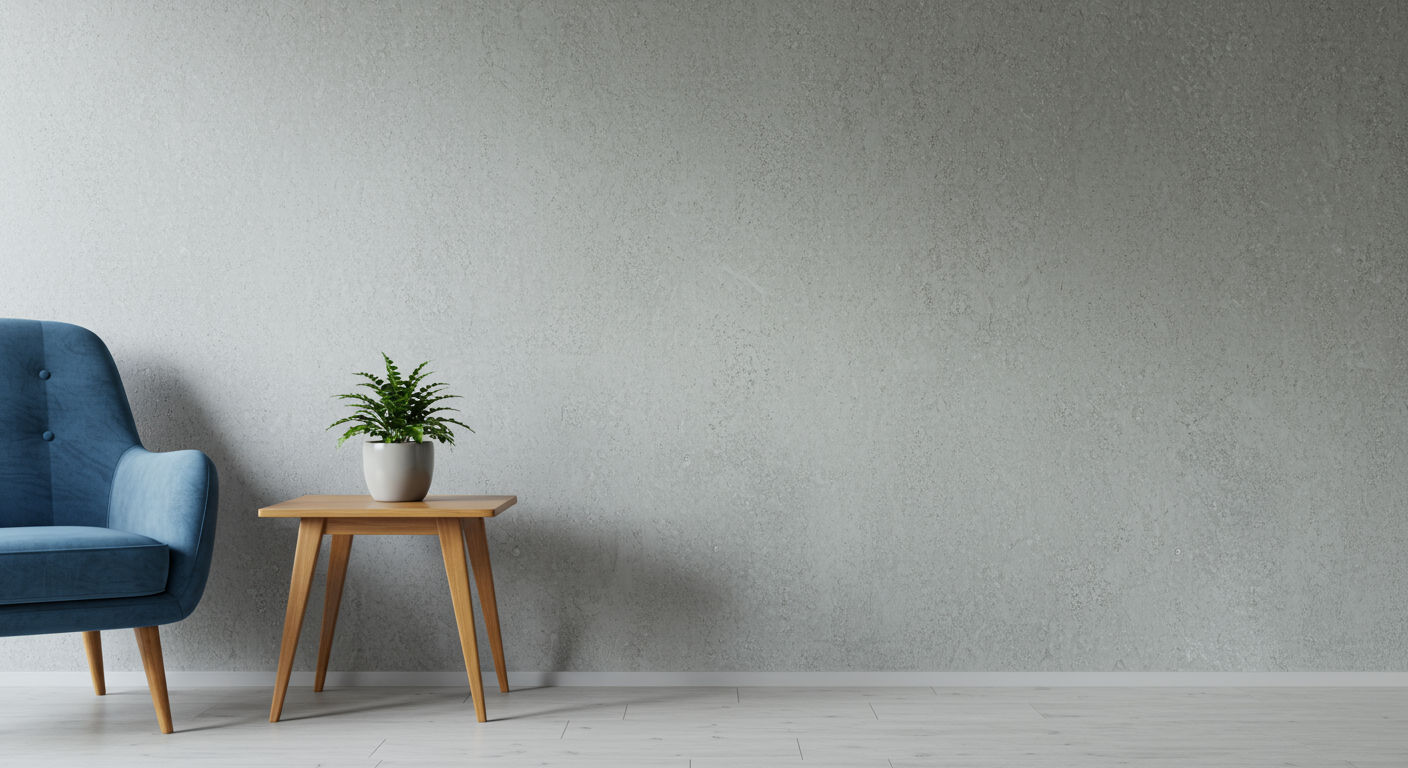
Many of today’s houses use drywalls for their interior wall covering. While it’s cheap and easier to work with than other materials, drywall installation remains a tough process that involves taping, mudding, and sanding. The last stage is especially notorious for the clouds of fine dust it creates.
Drywall produces a hollow sound when you bump it and doesn’t hold well to water damage or in high-traffic rooms. It’s fragile, easily damaged, and a prime breeding ground for mold and bacteria.
Taking on a home renovation project is the best opportunity to reconsider your options for your home’s interior walls. Consider the options below for alternatives to drywall that looks good and holds up better.
Related: Drywall tape options | Types of Drywall Anchors | Types of Drywall Tools | Fabric Wall Art Ideas | Can You Put Up Paneling Without Drywall?
1. Wood Planks
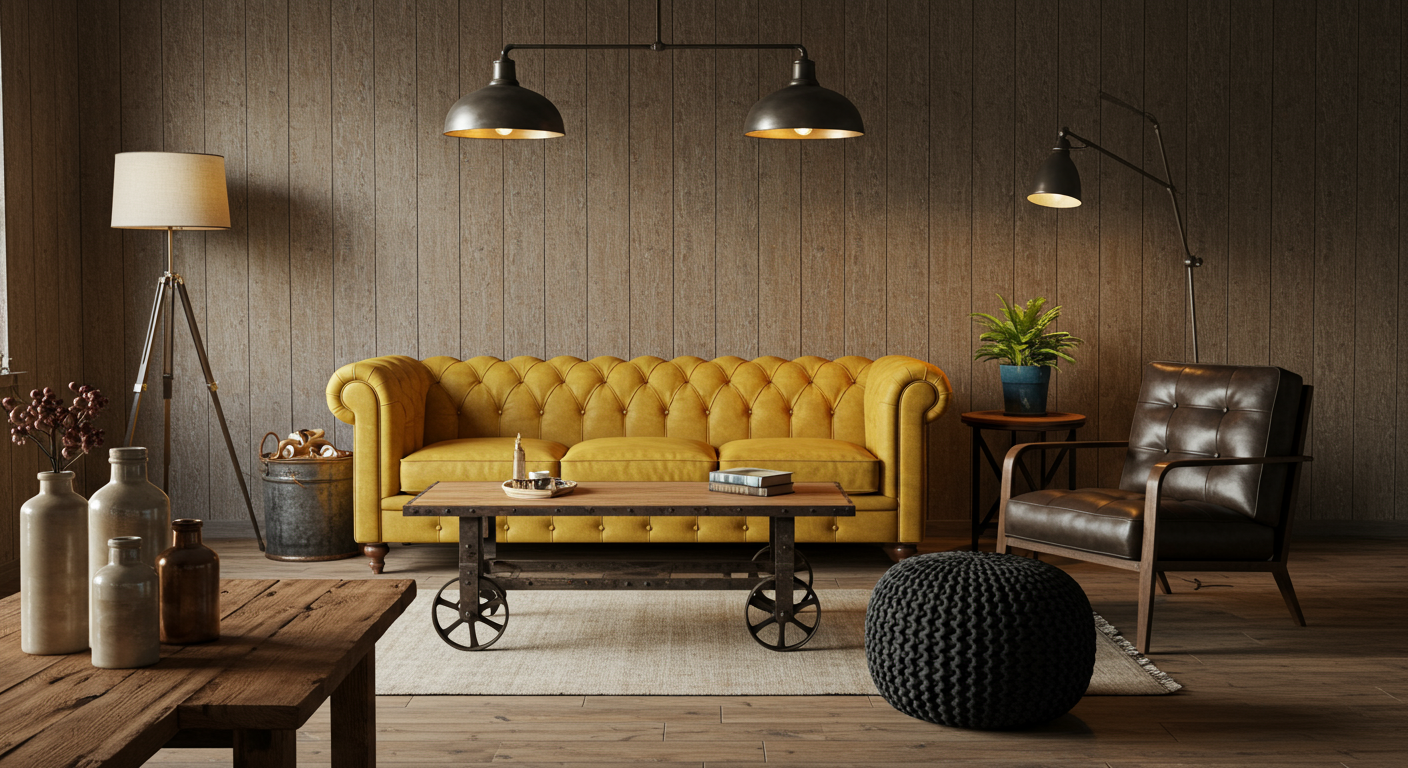
Wood planks will be a fantastic option to consider for anyone who would like to achieve a rustic look. These wood planks will be perfect for building a wall and you won’t have to do anything to them once they are hung. You’ll be able to simply enjoy the natural beauty of the wood. This is a cost-effective solution that is preferable to drywall when you want to have a rustic country-style home.
Pros:
The wood planks are really nice overall. You will be able to install these without having too much trouble. They aren’t as easy to work with as some of the other options on this list, but they won’t be too difficult to figure out. Wood planks offer you many options too. You’ll be able to choose from many different types of wood in order to achieve your desired look.
Cons:
If you aren’t interested in achieving a down-home, country-style look with your new walls, then you may not be that thrilled with wood planks. They are undeniably beautiful, but they won’t work if you are into modern décor. It really depends on your own sensibilities and what you want to do with the walls you are building. Think it over and determine whether or not these wood planks are a good option for you.
2. Plastic Panels
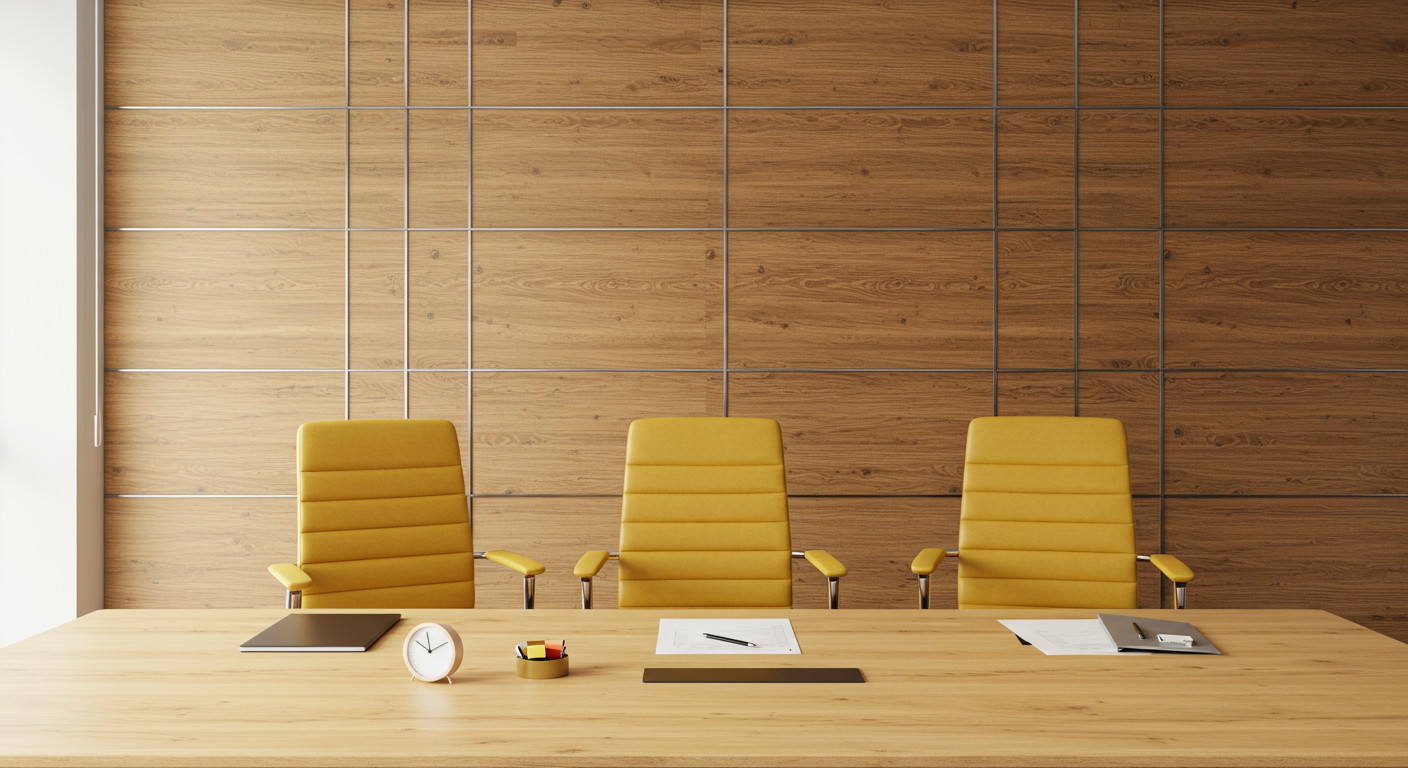
The idea of using plastic panels may seem odd at first if you aren’t familiar with these drywall alternatives. The truth is that plastic panels are actually really nice for several reasons. The tongue and groove wall panel being shown here is incredibly simple to install. You can just lock it into place and you will be good to go.
Many people use these plastic wall panels to cover up drywall that has been damaged. It’s easy to hang and it won’t take you a lot of time. If you opt to purchase the tongue and groove paneling that is being shown here, then it might not be as cost-effective as possible. Even still, this is a great option if you need a drywall alternative.
Pros:
Plastic paneling is very easy to install, making it an easy drywall alternative to recommend. You can simply screw most plastic paneling into place and you will be able to cover up walls directly. You can put them right over the studs, so it’s really convenient overall. The plastic is going to be easy to clean too and it will be mold resistant, making it perfect for rooms that have a lot of moisture.
Cons:
The nicest plastic panels on the market are going to be a bit pricier than many people would like. You can find more inexpensive options, but these are a little less desirable than the tongue and groove plastic wall panel being shown here. There won’t be a big price difference between plastic paneling and drywall in some cases, but plastic panels are certainly easier to install.
3. Plywood
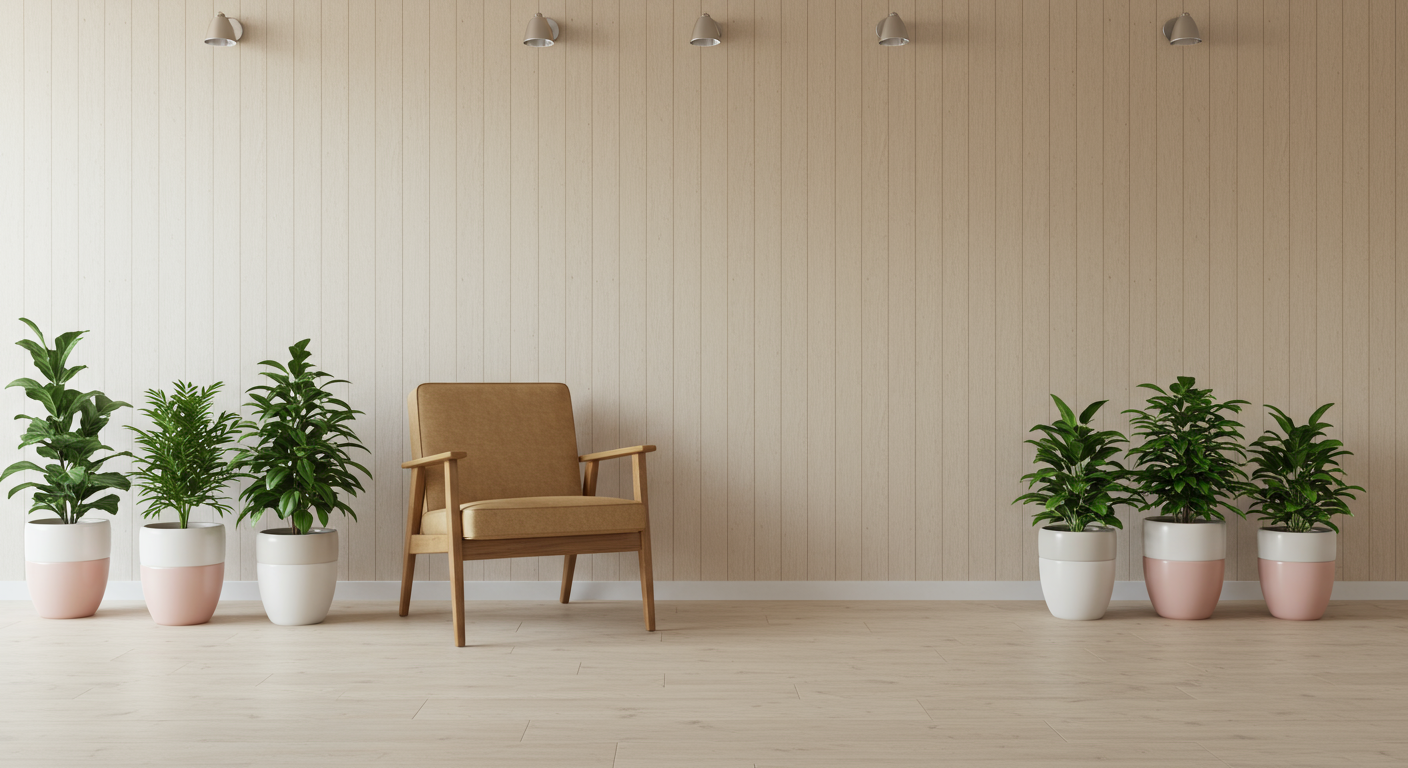
If you are looking to build walls in your home as inexpensively as possible, then you may want to consider using plywood. It can be purchased at an extremely affordable price and is pretty easy to work with overall. This is going to be among the easiest materials to use for building a wall when you don’t have a lot of experience. All that you really need to do is screw the wall into place.
Pros:
Plywood is so easy to work with that you don’t need to be a primary builder to make use of it. Screwing the plywood into place will always feel relatively simple. It’s a very affordable material that can save you time and money when you’re building walls. You can also paint the plywood if you would like to in order to make it look a little nicer.
Cons:
This isn’t going to be quite as nice to use as drywall. Drywall has some convenient features, such as being fire-resistant and generally looking more natural. Plywood is a good option, but it isn’t going to be preferable to drywall unless you really need to save money. It just depends on your budget and your comfort level when it comes to using drywall.
Related: 18 Different Types of Lumber
4. Veneer Plaster
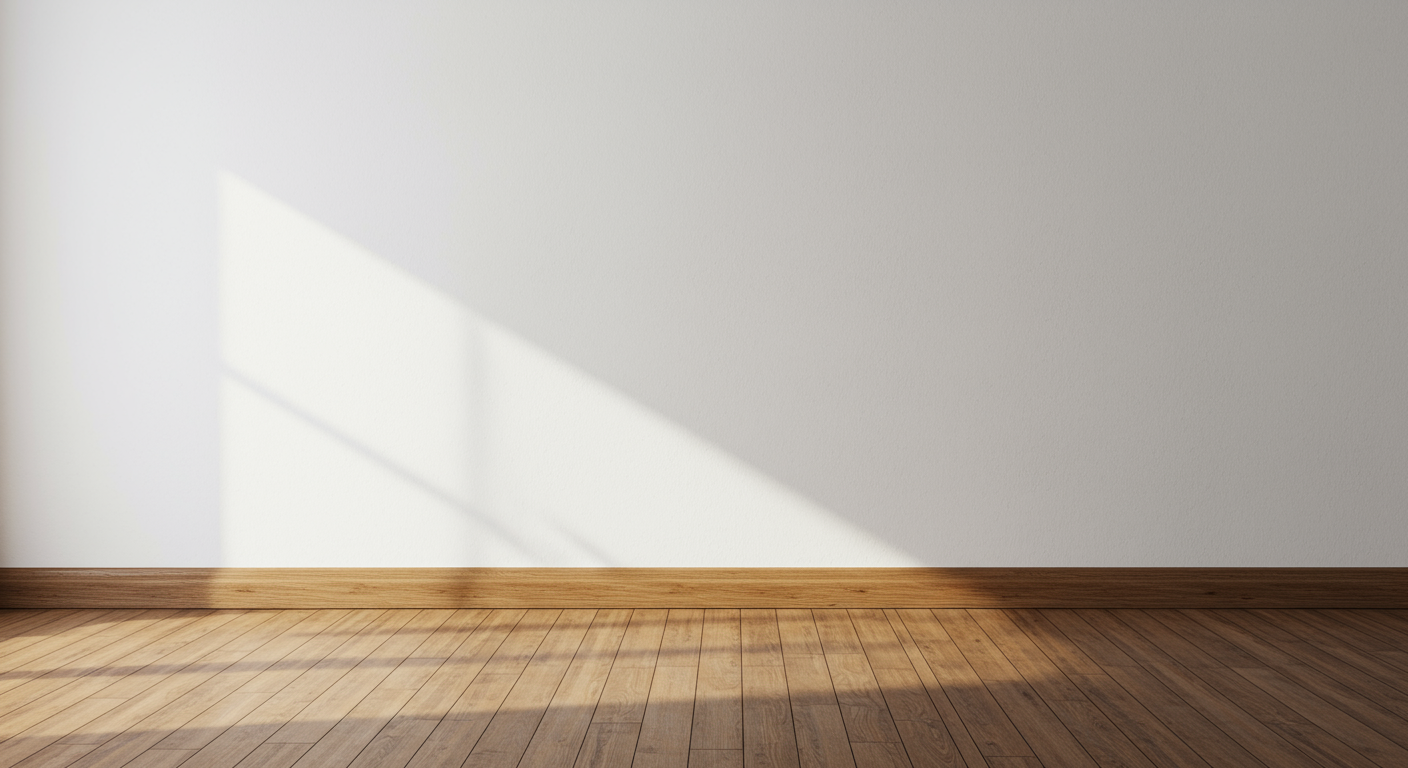
Veneer plaster is arguably a much better surface for interior walls than drywall.
Typically it’s applied to some plaster-ready gypsum board.
It’s harder and smoother than drywall.
But it takes someone with very good trowel skills to apply it skillfully.
It’s also a good option for older walls in an older home. Instead of ripping out the walls, you can apply veneer plaster on top (you may require a bonding agent).
All-in-all, this is an outstanding surface but more costly than drywall alone.
5. Pegboard
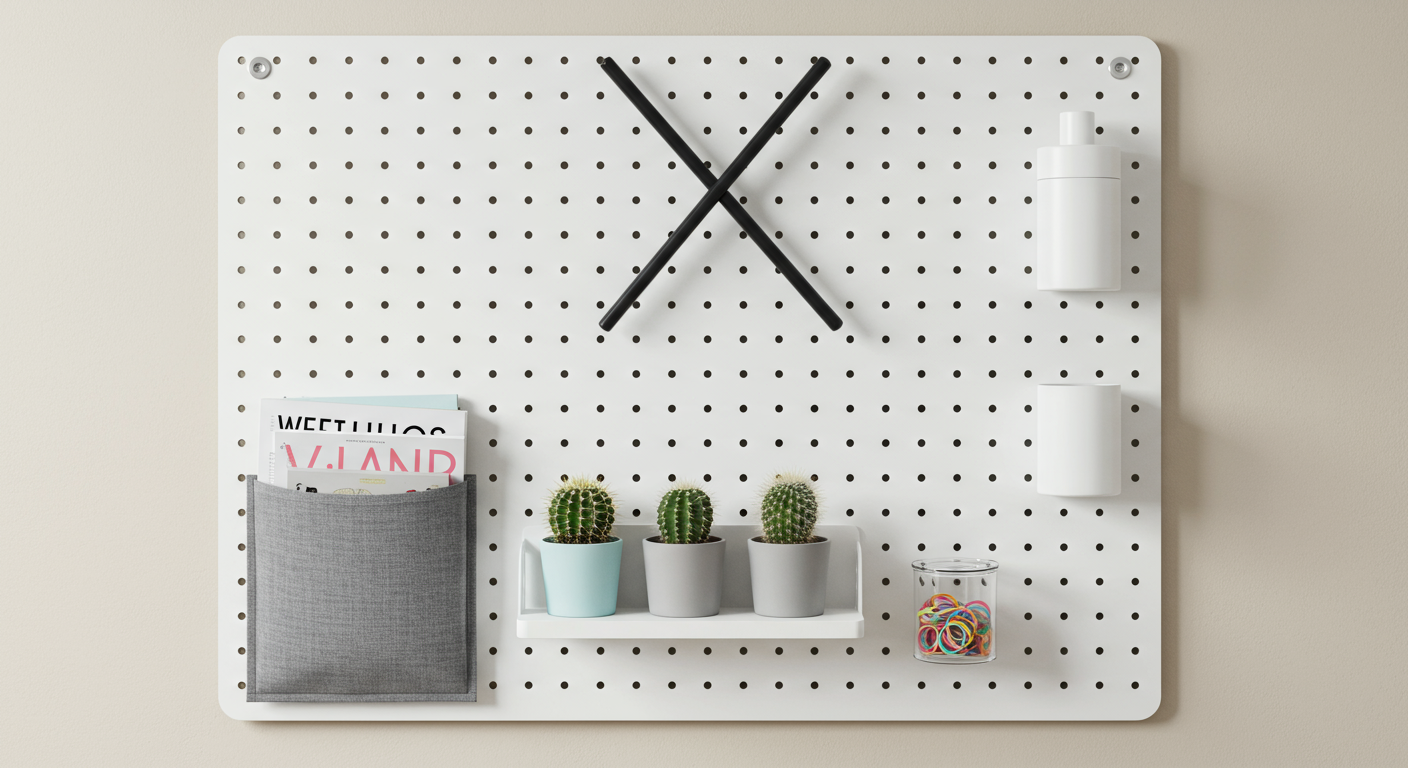
Pegboard probably isn’t the first thing that you would think of when trying to come up with drywall alternatives. It can actually be a pretty good option to consider, though. Pegboard is fairly convenient to use and you’ll be able to use it to add extra storage space to a room. People often use pegboard walls in garages in order to have a spot to hang their tools.
All that you really need to do is fasten the pegboard to the studs. You won’t have to do any sort of complicated finishing process either. You just screw everything where it needs to go and then you will be ready to make use of it. Of course, this option doesn’t give you a lot of visual styles to choose from, but you likely won’t want to make use of pegboard inside your home anyway.
Pros:
This is really simple to install because you just need to screw it in. Find the studs in your wall and position the pegboard properly. You shouldn’t have any trouble seeing where it is that you need to put the screws. You’ll be able to fasten the pegboard to the wall and you will be all done with your job.
Using pegboard is great when you have a garage area or some other type of workshop area. The convenient pegs can be places where you can hang tools. It’s a unique option that offers you some utility outside of just being a drywall alternative. This is definitely something to consider in certain situations.
Cons:
This drywall alternative is really only desirable in particular situations. You won’t want to put a pegboard wall in your living room, for example. You could decide to use pegboard walls wherever you wanted to, but it wouldn’t exactly look natural in most settings. The visual appeal of pegboard is very limited too, making it an option that is only practical in a garage or workshop setting.
6. Lath and Plaster
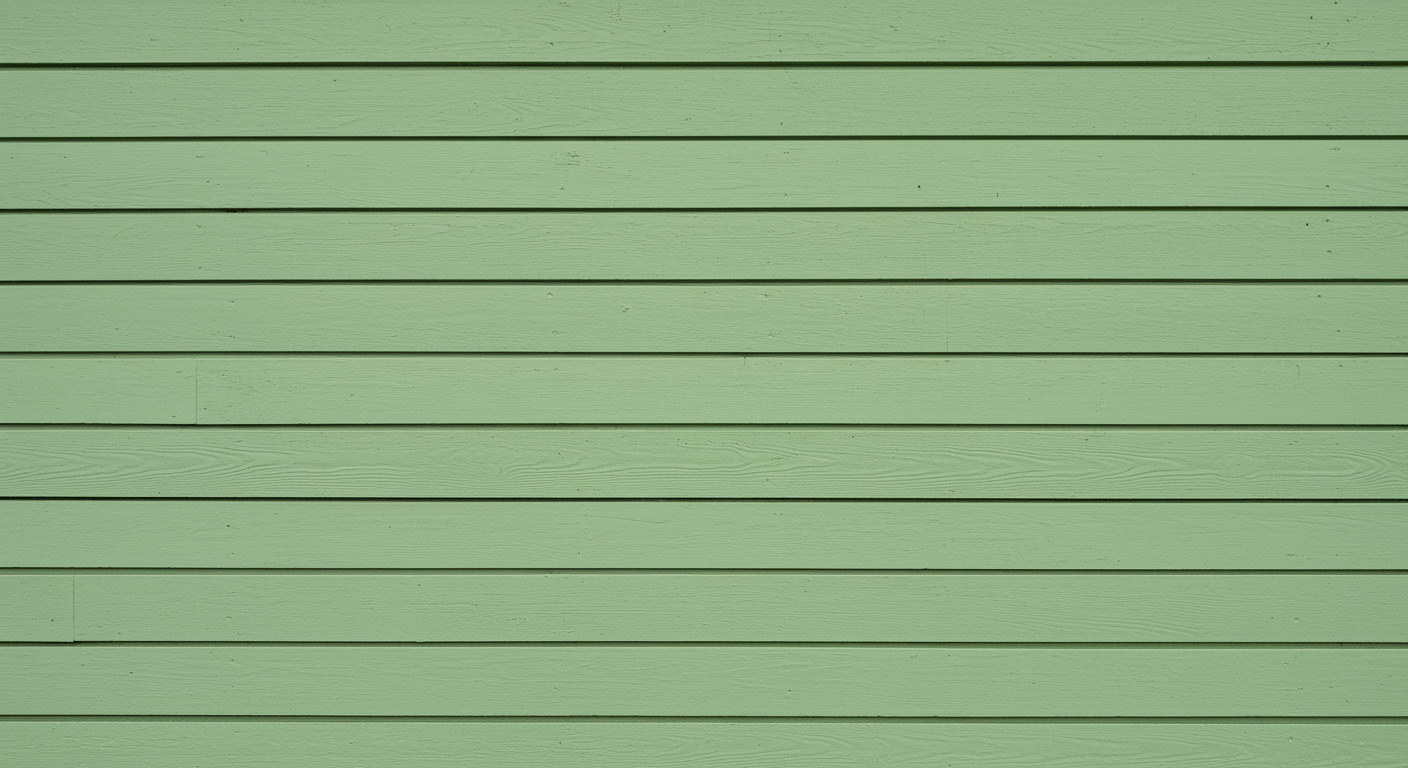
If you want to use an older method to build your walls, then it can be used as an alternative to modern drywall. Lath and plaster used to be a very prevalent options for building walls before the advent of drywall. This is not going to be the simplest way to do things, but it will be effective. You can build a very nice wall and it will even be convenient for installing insulation so long as you plan ahead.
The overall style that you can achieve with lath and plaster walls is impressive, too. If you want to build a wall that will look really nice in your home, then this is something that you should consider. It isn’t easier to use than drywall, though. If you are looking for a drywall alternative in order to eliminate the hassle, then you should promptly ignore this option.
Pros:
It is possible to use lath and plaster to make a very nice wall. It will look really good and you’ll be able to install insulation without too much trouble either. This option can create a wall just as effectively as you would be able to when using drywall. It is just a long process.
Cons:
It takes too long to make a wall using this method for most people. It isn’t going to be the most practical way to do things when you are trying to save yourself time and money. This is a method that has become fairly uncommon in the age of drywall. It is still an option to consider, but it is too arduous for most people to want to use.
7. Wahoo Walls
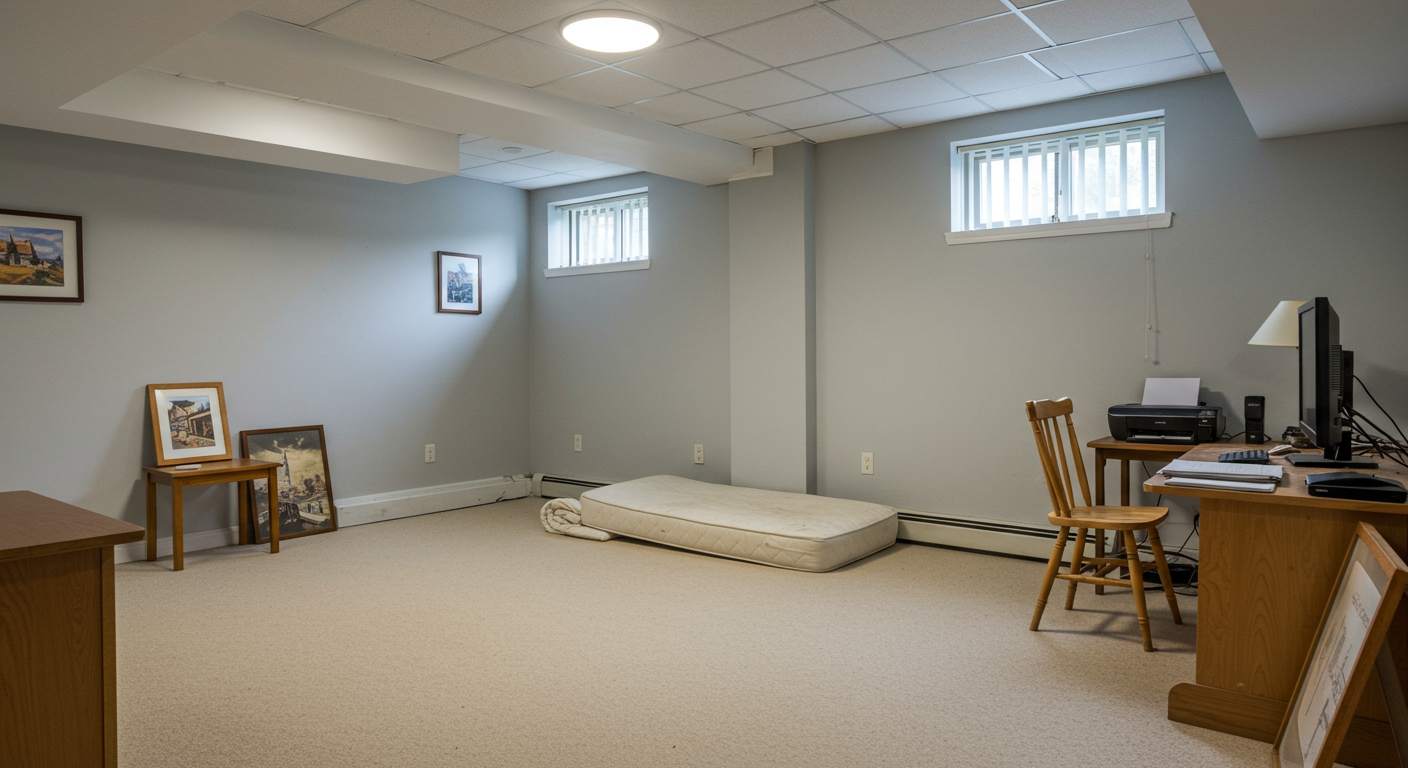
Wahoo walls is a do-it-yourself wall product that’s typically used for basement finishing. It’s made of non-organic products and has an expanded polystyrene core. A 4″ thick Wahoo wall panel weighs 95 lbs. and has a total R-value of 13. Plus, it’s waterproof and doesn’t support the growth of mold.
8. Textured Wall Panels
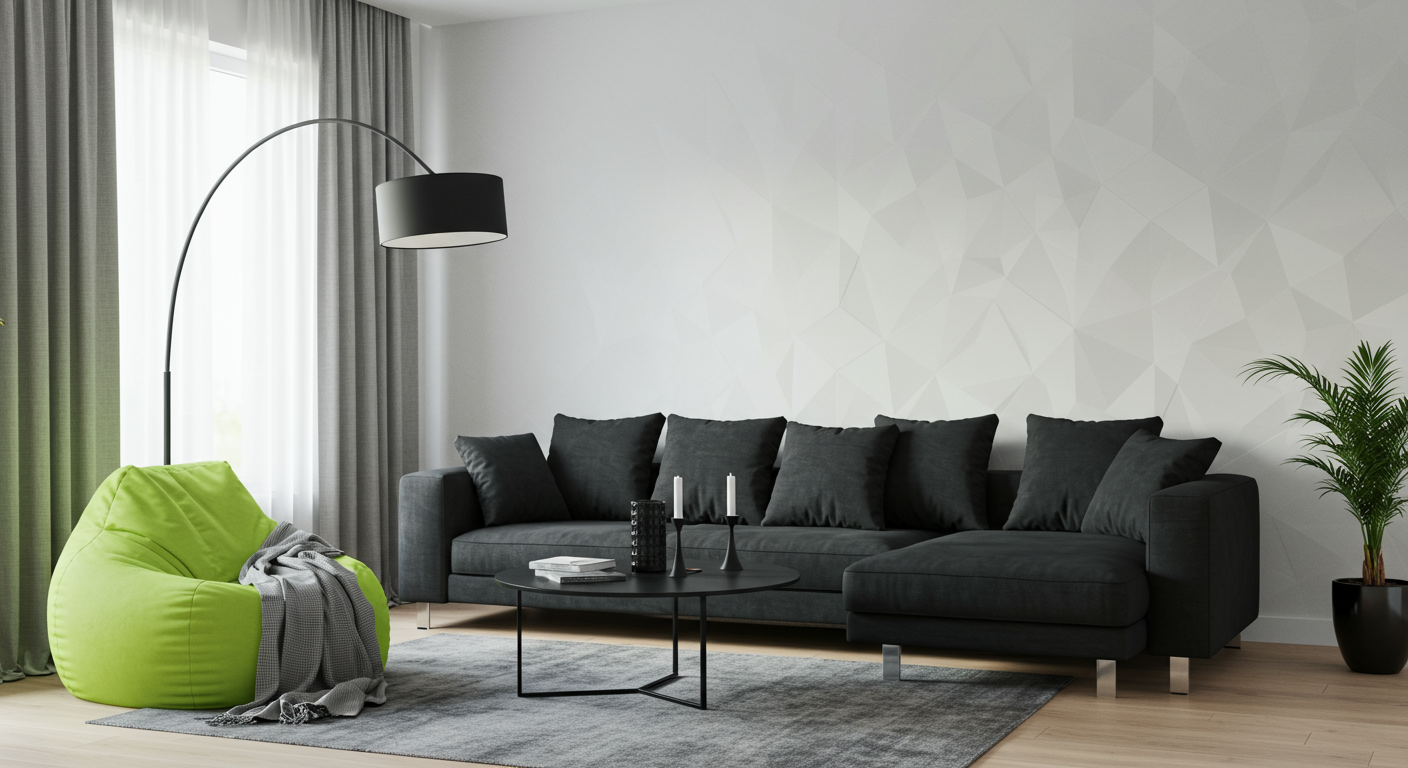
The fancy walls formerly found only in boutique hotels and fancy cocktail lounges are now a wall-covering option for your home. These are easy-to-install 3D textured panels that go over existing walls and are 3/4″ to 1 1/2″ thick.
9. Basement Wall Finishing Systems
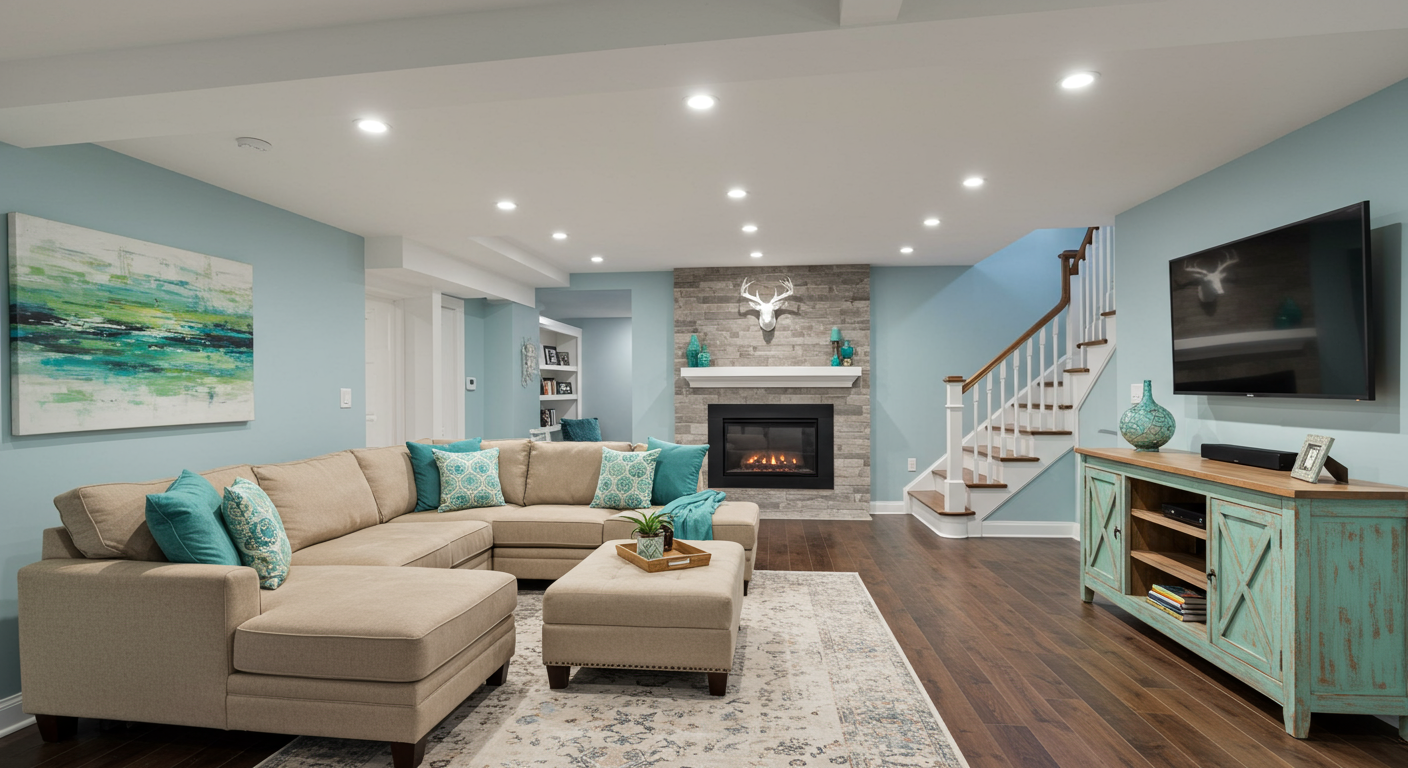
These are pre-designed or pre-cut wall panels sold as part of a proprietary basement finishing system. They’re moisture-resistant but can also be expensive and cannot be installed by a DIYer.
10. Brick and Masonry
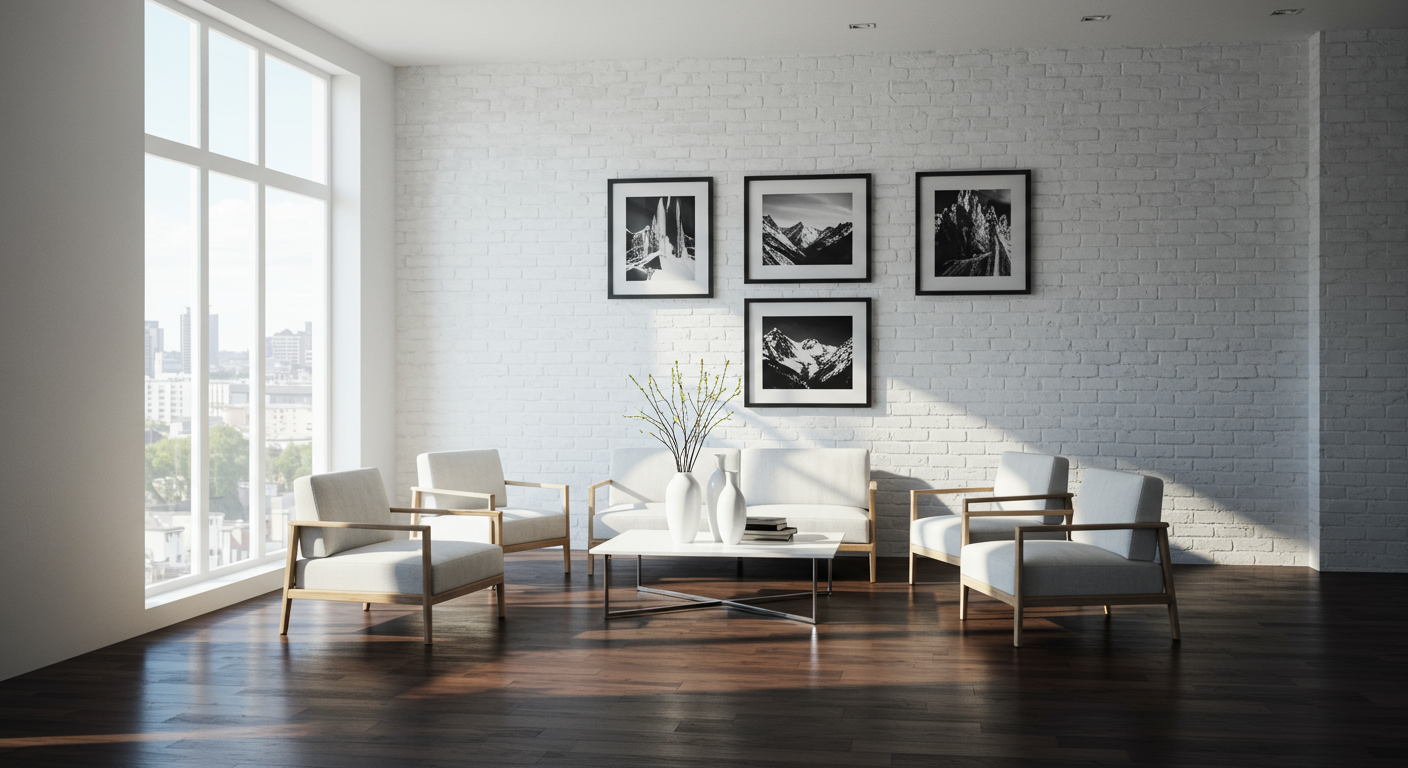
Whether they’re painted or left exposed, a stone or brick wall will add character to the room and increase your property value. This can be an expensive option but stone and brickwork are built to last and sustainable materials.
11. Cement Board
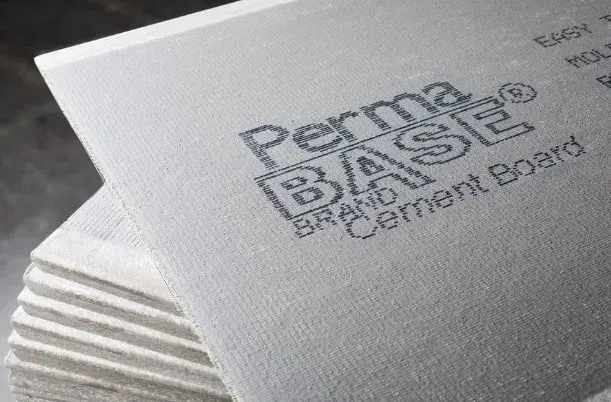
Cement boards are sheets or horizontal board panels made of cement and fibers containing cellulose. They’re very heavy and requires two people for lifting and moving them. They’re also moisture-resistant so they’re best used in areas with high moisture levels.
12. Lath with Woodchip-Clay
This is a combination of a lath frame with bark-free wood chips and clay. This alternative is your best solution for noise reduction and a better option to the traditional lath and plaster.
13. Fiberglass Reinforced Panels
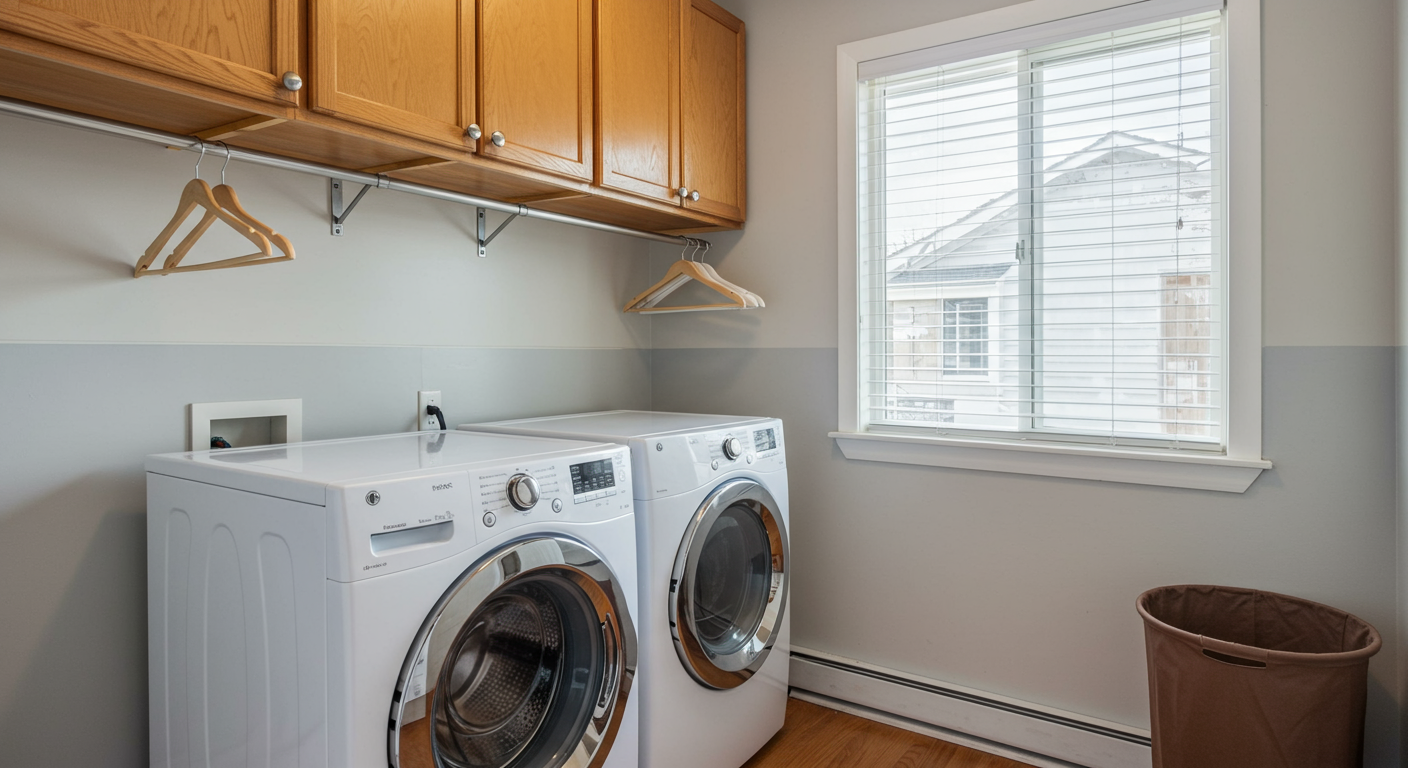
Made of strong polyester resin reinforced with fiberglass, these thin flexible plastic panels provide a durable and scratch-resistant surface. The panels are easy-to-clean and are resistant to mold, bacteria, and other potentially harmful biological agents.
14. Fiberglass mat gypsum panels
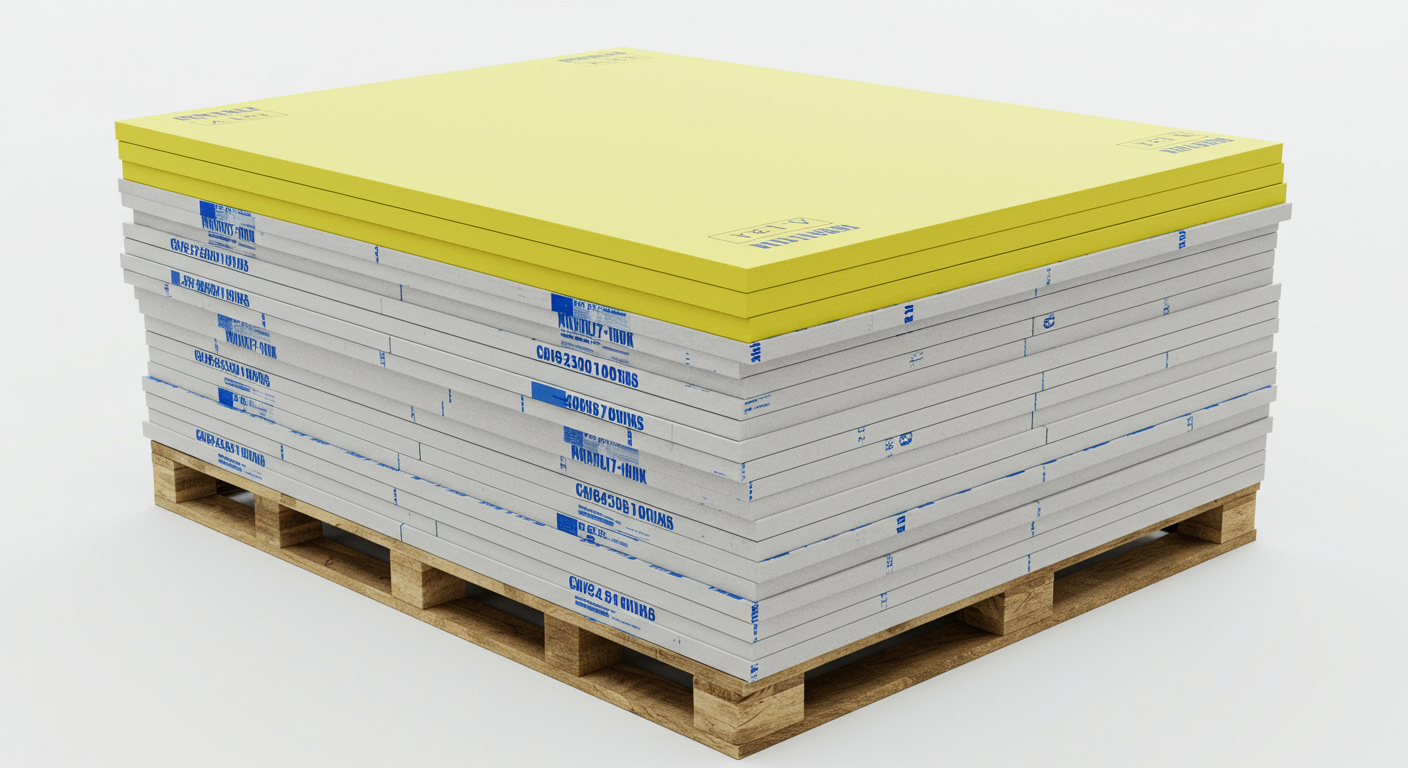
This alternative is a noncombustible interior panel, mold-resistant, and much more durable than a regular drywall. it also offers a painted drywall look if that’s what you’re after.
15. Exposed concrete block
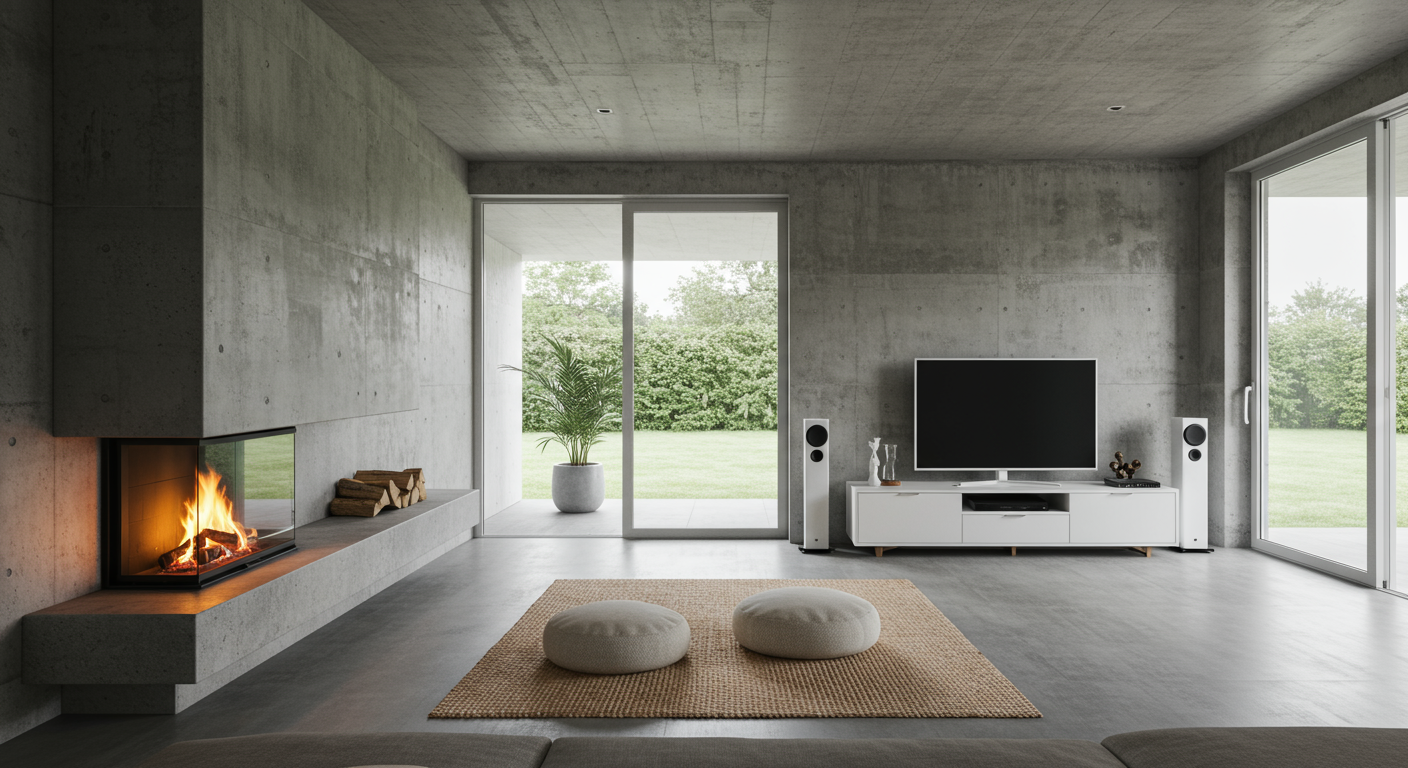
You can forego all the options above and just leave the structural surface exposed. The exposed concrete block can look great depending on your sense of style.

